Sports activities and the autistic child.
 For anyone who is a frequent reader of my posts on the development of autistic children, they will know the importance I place on sports activities and the use of the great outdoors in the development of our children. And right from the get go, just as with any other typically developing child. No waiting, in the hope that as they get older their behavior or communication will improve. Because as with all of us it is through doing that we learn. And the younger we start the more successful we will be. At the same time, our children’s communication issues and associated behaviors can throw up some challenges in terms of their integration into outdoor activities which most parents take for granted. Additionally, and for most of us, having highly skilled coaches in your neighborhood with a background in working with autistic children is an extremely rare event.
For anyone who is a frequent reader of my posts on the development of autistic children, they will know the importance I place on sports activities and the use of the great outdoors in the development of our children. And right from the get go, just as with any other typically developing child. No waiting, in the hope that as they get older their behavior or communication will improve. Because as with all of us it is through doing that we learn. And the younger we start the more successful we will be. At the same time, our children’s communication issues and associated behaviors can throw up some challenges in terms of their integration into outdoor activities which most parents take for granted. Additionally, and for most of us, having highly skilled coaches in your neighborhood with a background in working with autistic children is an extremely rare event.
The basics
In addition to the various clinical and educational interventions that we surrounded our boys with over the years, they successfully participated in a very broad array of sports activities. This was despite very significant disabilities in their communication, behavior and tolerance of sensory stimulation. Yet despite this they not only participated in local sports activities, but ultimately excelled in the sports which they showed the most interest. So how was this done? Firstly, Val and I knew our children very well. We had a sense for where they were in terms of physical activity, their communication system be it reading and writing with Conor or speech as with Eoin. We understood their behavior, and the limitations of their sensory systems. We had a good handle on when to push or pull them in various environments and understood when we were heading for a potential meltdown and when it was time to back up.
I cannot stress this enough, for if as parents we were unable to manage our children, regardless of how difficult or faltering it might have appeared to others, then it was impossible to expect anyone else to. In terms of working with families the world over, this is one of the key factors we look for early in the assessment stages for the ALL program.
Corky Cramer
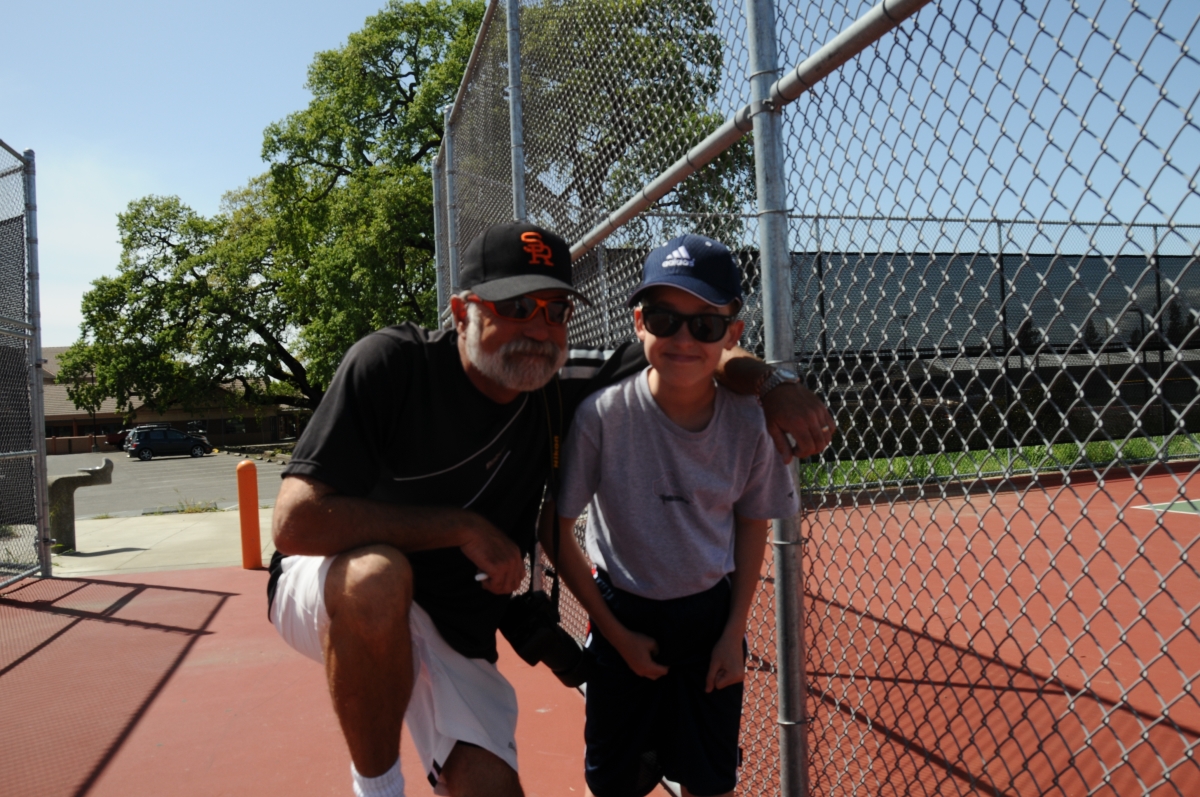 So, engaging the boys in local sports activities involved the merging of our understanding of them and the skills of the coaches we were meeting. One such coach was tennis and the coach was Corky Cramer based in Santa Rosa. At the time Val who is a sports person of the family was searching for options suitable for the boys during their summer vacations. She had heard about Corky Cramer, and everything she heard was great. Loved by parents and children alike Corky was one of those exceptional coaches that you can find if you are looking hard enough. For Val, however, the question was would Corky take the boys on? He certainly wasn’t short of children or indeed adults to coach. And Conor and Eoin were very different, you just had to look at them..
So, engaging the boys in local sports activities involved the merging of our understanding of them and the skills of the coaches we were meeting. One such coach was tennis and the coach was Corky Cramer based in Santa Rosa. At the time Val who is a sports person of the family was searching for options suitable for the boys during their summer vacations. She had heard about Corky Cramer, and everything she heard was great. Loved by parents and children alike Corky was one of those exceptional coaches that you can find if you are looking hard enough. For Val, however, the question was would Corky take the boys on? He certainly wasn’t short of children or indeed adults to coach. And Conor and Eoin were very different, you just had to look at them..
Val’s plan
So, Val hatched a plan. She decided to try and start Eoin with Corky given that he had some speech and had already shown an interest in tennis with me. She drops down to Santa Rosa high’s tennis courts to meet with Corky. She explained a little bit about Eoin and how we wanted him to start coaching lessons with one of Corky’s groups. Corky listened quietly, asked a few questions and then agreed to take on Eoin. The following week Val dropped down with Eoin to his appointed tennis session and in line with the rules quietly left the courts. Secretly, Val had stationed herself behind a tree and was keeping an eye on proceedings. Years later, Corky would comment that he was fully aware that Val was nearby, while at the same time scratching his head on how to integrate this silent and awkward child into his group.
A coach’s perspective
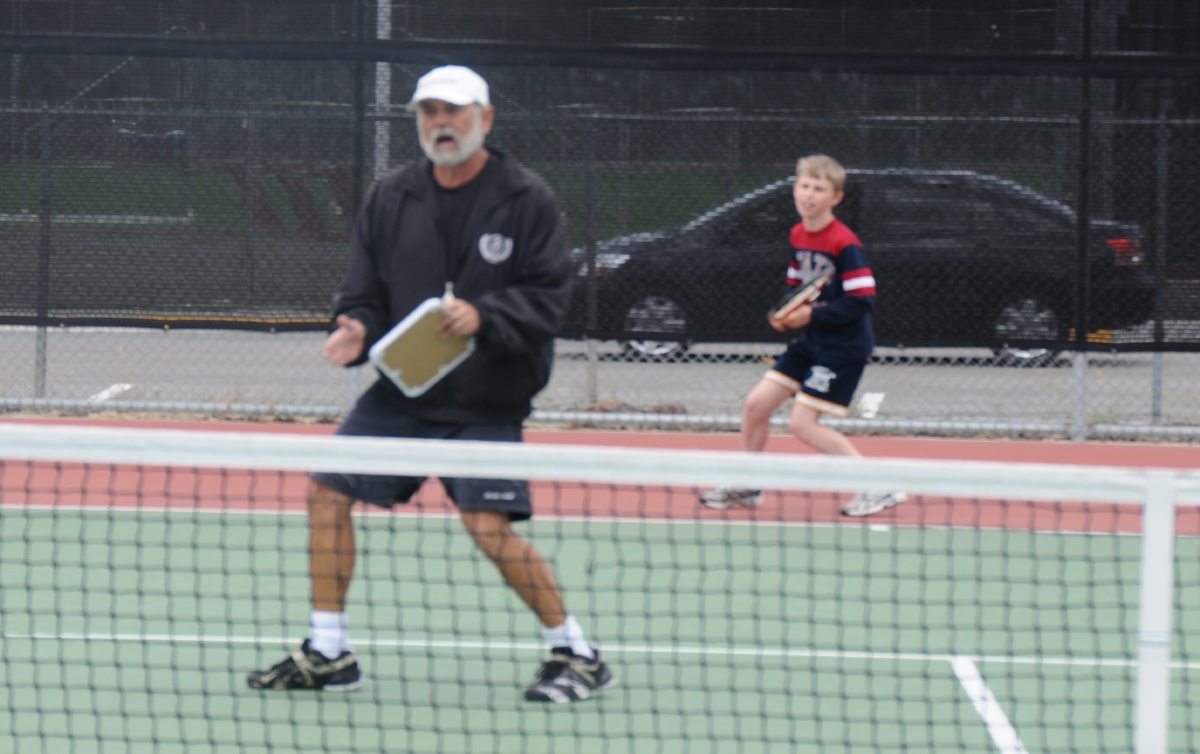 Looking back at this, commented Corky, I just assumed that Eoin would need to learn visually, with lots of physical prompts. I thought, at least starting, that Eoin understood nothing that I said. I also had a wonderful group of children, thoughtful and inclusive, who I knew would take to Eoin and from whom Eoin could learn. I always emphasized sportsmanship and inclusion from those just starting right up to those about to take on the world. I could also see that Eoin had some of the basics of tennis and while nervous was clearly happy to be included. And so, over time we all learned about each other. We learned how to communicate with Eoin, what he could understand through speech and what his talents were, which over time clearly included tennis. Just when I began to feel comfortable that I had Eoin on a good glide path within the group, Enda arrived down with Eoin’s twin brother, Conor.
Looking back at this, commented Corky, I just assumed that Eoin would need to learn visually, with lots of physical prompts. I thought, at least starting, that Eoin understood nothing that I said. I also had a wonderful group of children, thoughtful and inclusive, who I knew would take to Eoin and from whom Eoin could learn. I always emphasized sportsmanship and inclusion from those just starting right up to those about to take on the world. I could also see that Eoin had some of the basics of tennis and while nervous was clearly happy to be included. And so, over time we all learned about each other. We learned how to communicate with Eoin, what he could understand through speech and what his talents were, which over time clearly included tennis. Just when I began to feel comfortable that I had Eoin on a good glide path within the group, Enda arrived down with Eoin’s twin brother, Conor.
Conor’s deficits were more severe than Eoin’s. He was profoundly aphasic which means that he was completely nonverbal. He also had massive performance anxiety and global motor apraxia. In combination, this turned Conor into an Energizer Bunny, meaning he was totally ill coordinated, was everywhere and nowhere at once and was described at school as unreachable and unteachable. For me it was a big decision to bring Conor down to Corky. He’d already integrated Eoin way beyond what we would’ve thought possible. And yet, there was a quality about Corky, his determination and love of the game that drove me on to introduce Conor.
 As with Eoin, Corky asked questions about Conner’s communication. He could see that Val and I could communicate with Conor and that he was clearly more coordinated when he understood what was expected of him. At the time, most of our communication with Conor was through literacy, through writing short messages on an erasable whiteboard. So, what did Corky do? He attached a large whiteboard to his tennis trolley and used it to communicate with Conor. Otherwise I just coached Conor in the same way as Eoin commented Corky, and having the same expectations as they would have for any child in my care. And over time I discovered that Eoin was a truly gifted tennis player with enormous potential. Conor progressed substantially also with his singular determination to learn and overcome his disabilities.
As with Eoin, Corky asked questions about Conner’s communication. He could see that Val and I could communicate with Conor and that he was clearly more coordinated when he understood what was expected of him. At the time, most of our communication with Conor was through literacy, through writing short messages on an erasable whiteboard. So, what did Corky do? He attached a large whiteboard to his tennis trolley and used it to communicate with Conor. Otherwise I just coached Conor in the same way as Eoin commented Corky, and having the same expectations as they would have for any child in my care. And over time I discovered that Eoin was a truly gifted tennis player with enormous potential. Conor progressed substantially also with his singular determination to learn and overcome his disabilities.
At the end of the season I put together a short video of still images of Conor and Eoin playing with their tennis group, with Corky looking on. What struck me so forcibly afterwards, that my awkward and autistic twin sons had blended in so much as to be unrecognizable from any other child in the group. They had developed lifelong skills, had been accepted by the group and made friends. This is the video and you’re welcome to see if you can pick out the boys!
Lessons Learned
So, what are the lessons to be learned? If we asked anyone who was closely connected with the boys’ language development at the time, they would have been extremely dubious about the idea of parachuting the boys into this kind of activity. At that time, all the discussions were about adaptations and special supports which to Val and I thought were a huge distraction from what we wanted. To have the boys participate equally in a fun and developmental activity with their typically developing peers. I think the first lesson was that Val and I understood the boys very well. It’s not that they were the picture of manners or anything like that. It was that we understood them, could communicate with them and had a sense for what would work for them and what would not. This understanding and ability to parent our children was communicated by our actions and was there for all to see.
On the other hand, Corky was a seasoned tennis professional, successful and competitive. A lot of top tennis players, from club level right up to international competition had passed through his hands. He had an incredible ability to focus on how to grow his athletes and drill through obstacles. He stressed playing the game, long rallies and consistency of technique. In this and by all accounts, the people that surrounded him saw him as a truly inspirational coach and human being. He communicated his values down the line. And why was he willing to work with Conor and Eoin? Because deep down, underneath all that disability Corky could see the possibilities. And as Corky would say, that’s what it’s all about.
And yet, much as with Dr. Archibald ‘Moonlight’ Graham in field of dreams, every community has its heroes and exceptional people. It is simply up to us to find them, embrace them and show them the way to make the difference in our very special children. And I can say without a shadow of a doubt, that it’s people like Corky Cramer and others who touched the lives of our children, that made the seemingly impossible normal.

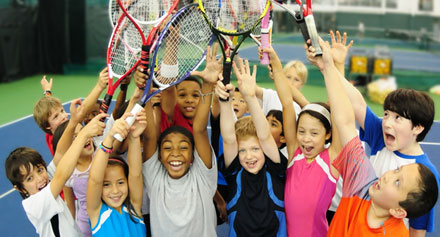
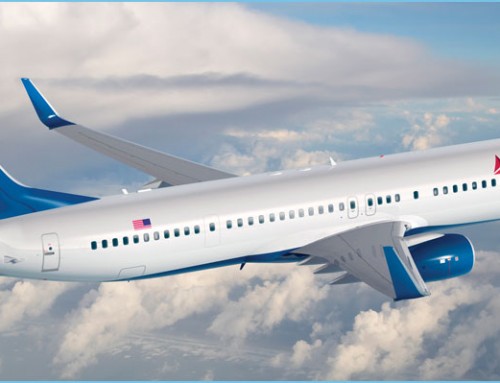
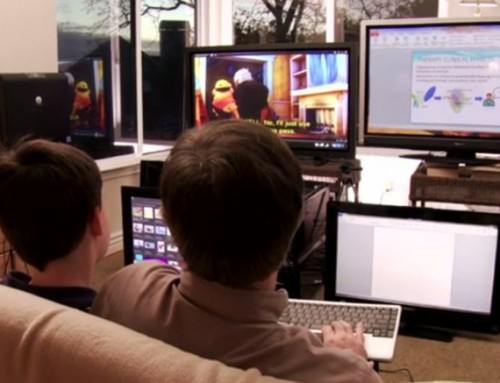
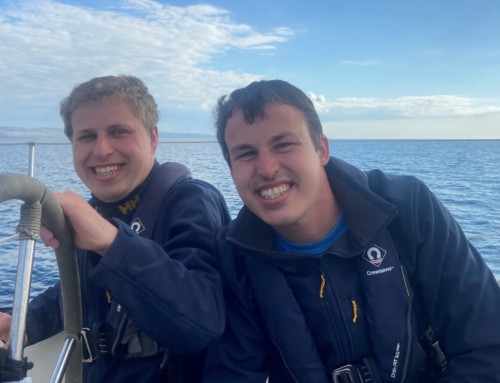
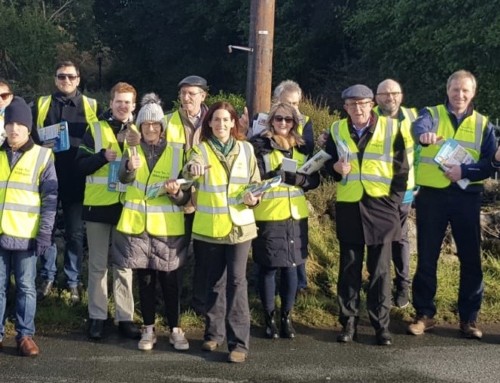

The have always very Athletic. I still can’t believe they are now young men. Miss you guys